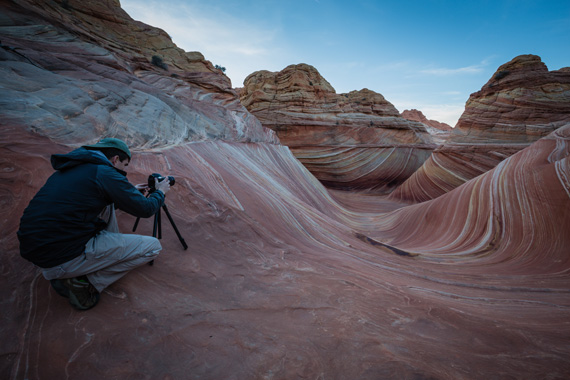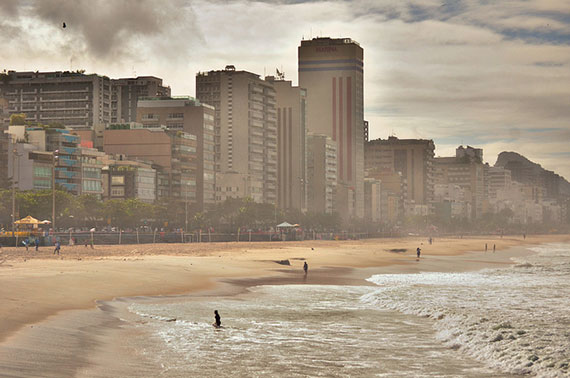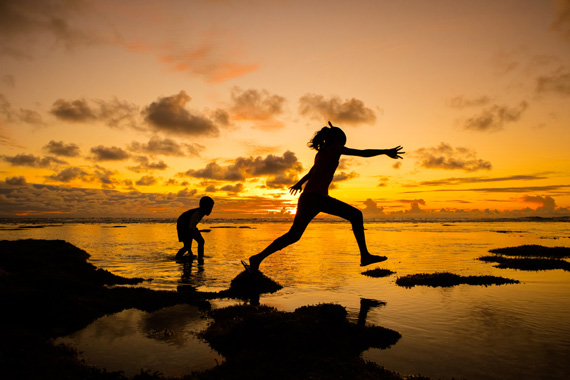In sports—or almost anything else—one learns there is a period of practice or apprenticeship, a time of learning. I’ve said before that one needs to take lots of pictures as part of the learning process. But like anything else, try to do the ‘practice’ part correctly.

Photo captured by Richard Schneider
If someone were to drill scales on the piano incorrectly, they would have drilled an incorrect procedure into their muscle memory. The same could be said for a sport like ballet or martial arts. Hundreds, even thousands of hours are spent repeating certain motions in these arts until they become natural, fluid and if not effortless at least they look effortless.
Elite athletes continue to do basic drills. You can watch professional hockey players drill puck handling and skating. Professional musicians practice their scales and new songs over and over and over. An Olympic level gymnast makes it look so easy. But the hours of practice that go into the routine to make it look so effortless? Most of us could not even imagine.
But there are gradients to everything. And one should learn while one does.
I see many people taking reasonably good photographs that with a few minor tweaks could be improved considerably. Part of this is working with one of your main tools, your camera. A lot of photos that I see posted are slightly washed out. Most cameras have a setting whereby you can adjust the contrast and brightness. If you have a camera with this option (check the menu), then try a couple of hundred pictures with these functions adjusted. See if you like them better.
Keep track of settings. Write it down somewhere. You may not want these settings for all of your pictures. But practice with that type of photo until you’re good at it. Make some minor adjustments occasionally to see what works best.

Photo by Rodrigo Soldon; ISO 320, f/5.6, 1/4000-second exposure.
The masters (I’m talking about painters of old), used a myriad of tools to help them with their art. First of all, they did lots of apprenticing and learning—really getting to know their tools: paints, light, etc. They might use a grid for their landscapes. For example, they would make a rectangle out of four pieces of wood then tie string top to bottom and side to side making 20–30 squares. Then they would sit in the same position looking at the view, and it was kind of like ‘paint by numbers’. (If the masters can use tools like this, it’s OK for you to do the same.)
They would use Fibonacci’s golden ratio very precisely in their paintings. There are dozens of places to find more about this online. From the highly technical to the fairly un-technical. This ratio can be found in nature and famous paintings, such as the Mona Lisa.
Famous artists such as Van Gogh, Monet, and Gauguin, had an amazing mastery of color. They could create moods, accents, and eye trails with color alone. But they had to learn it. They didn’t wake up one morning just knowing it.
I’ve had people say to me that you have to have an eye. I say you can learn it. Learn some basics and practice them correctly.
So take one thing to work with. For example, go about being aware of color and take pictures with particularly vibrant or contrasting colors. See how they turn out. Try a different setting and then see how those colors turn out. Take a picture of the same thing with different settings. Then do the one you like best a hundred times. Go out with your camera when you’re not on vacation and practice one or two things so that you get the ‘look’ that you want.
If you take lots of pictures of your kids and want to improve the quality, then change the settings slightly next time. If you keep track of what you do and drill it enough, it’s very likely you’ll become familiar enough with your camera that you will not longer have to check with your notes.

Photo by Nattu Adnan; ISO 800, f/8.0, 1/640s, 15mm
It may be something as simple as changing an angle or the level you shoot your kids from. Shoot a hundred pictures of your kids from the ground and see if you like the differences.
Who knows, practice enough and you may see some of your photos win some prizes and gigs.
“Be professional in anything you do.”
About the Author:
Martin writes for photo-photo.com and is based in Calgary, Alberta.
Like This Article?
Don't Miss The Next One!
Join over 100,000 photographers of all experience levels who receive our free photography tips and articles to stay current:






I would modify that old saying to “Perfect Practice Makes Perfect”. Looking at it from another angle, I think it was Dudley Moore who said “I’ve learned from my mistakes ………. and I can reproduce every one of them exactly”
Familiarity with your camera is crucial so is having your camera with you ALL the time and looking at the world around you, not glancing, LOOKING! The shots are there, everywhere!
You know the old saying, “practice makes perfect”. Eh, not so true but a more accurate statement would be, “practice makes permanent”.